Dragonfly species in Monmouthshire: Blue-tailed Damselfly

Blue-tailed Damselfly (Ischnura elegans) is one of the most common and widespread damselfly species in the county; it and Azure Damselfly (Coenagrion puella) are the two damselfly species that can be expected in any standing water habitat, even small garden ponds, and in slow-flowing riverine habitats too.
The oldest record in our data set is from Magor Marsh, on an unspecified date in 1965 (observer K. Hallet).
Current distribution in the county: what we know
Blue-tailed Damselfly occurs widely across the Gwent Levels, around Newport, in Torfaen, through the western valleys and the northwest uplands, from around Abergavenny and Monmouth, the Usk valley and a scattering of sites elsewhere.
Current distribution in the county: what we don’t know
There are large gaps in the mapped distribution, however. As with many species, there are large areas in the north and east of the county with no records at all, or with only older records. This is almost certainly because no-one has visited sites in these areas recently to record dragonflies, rather than because the species is not present: there is much suitable habitat there.
On the Levels, there are several areas with older records where the species has not been found more recently: this is almost certainly not the true position and with more widespread recording, it is likely that the species will still be found in these parts of the Levels too.
Distribution elsewhere
Blue-tailed Damselfly is a common and widespread damselfly throughout Wales, England and Scotland occurring north to Orkney and the Outer Hebrides. Elsewhere in Europe, it is found from Ireland and northern and eastern Spain east to Russia, north to Scandinavia and Finland, and south to Italy and Greece; it is also found in Turkey and extends across Asia as far east as Japan.
